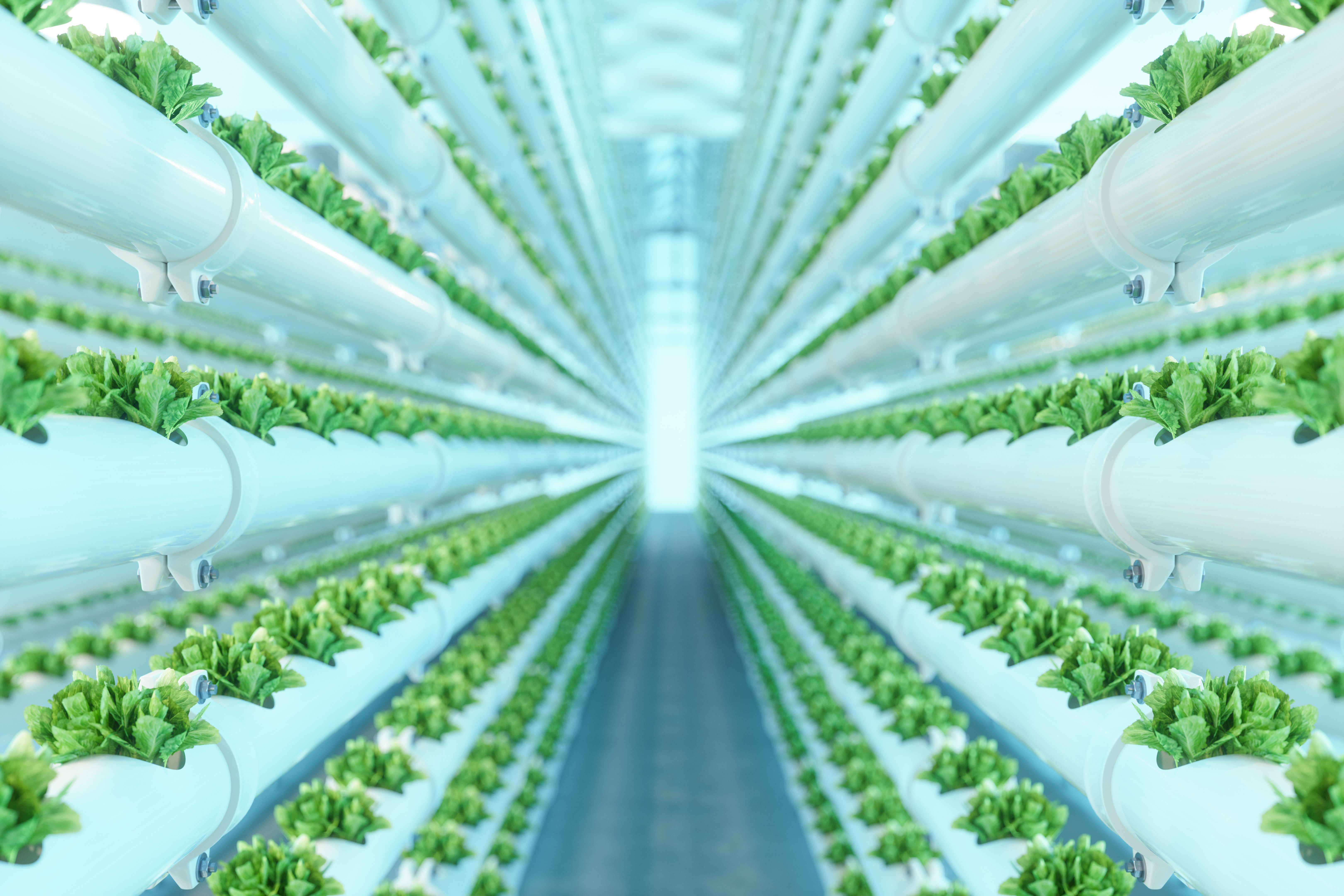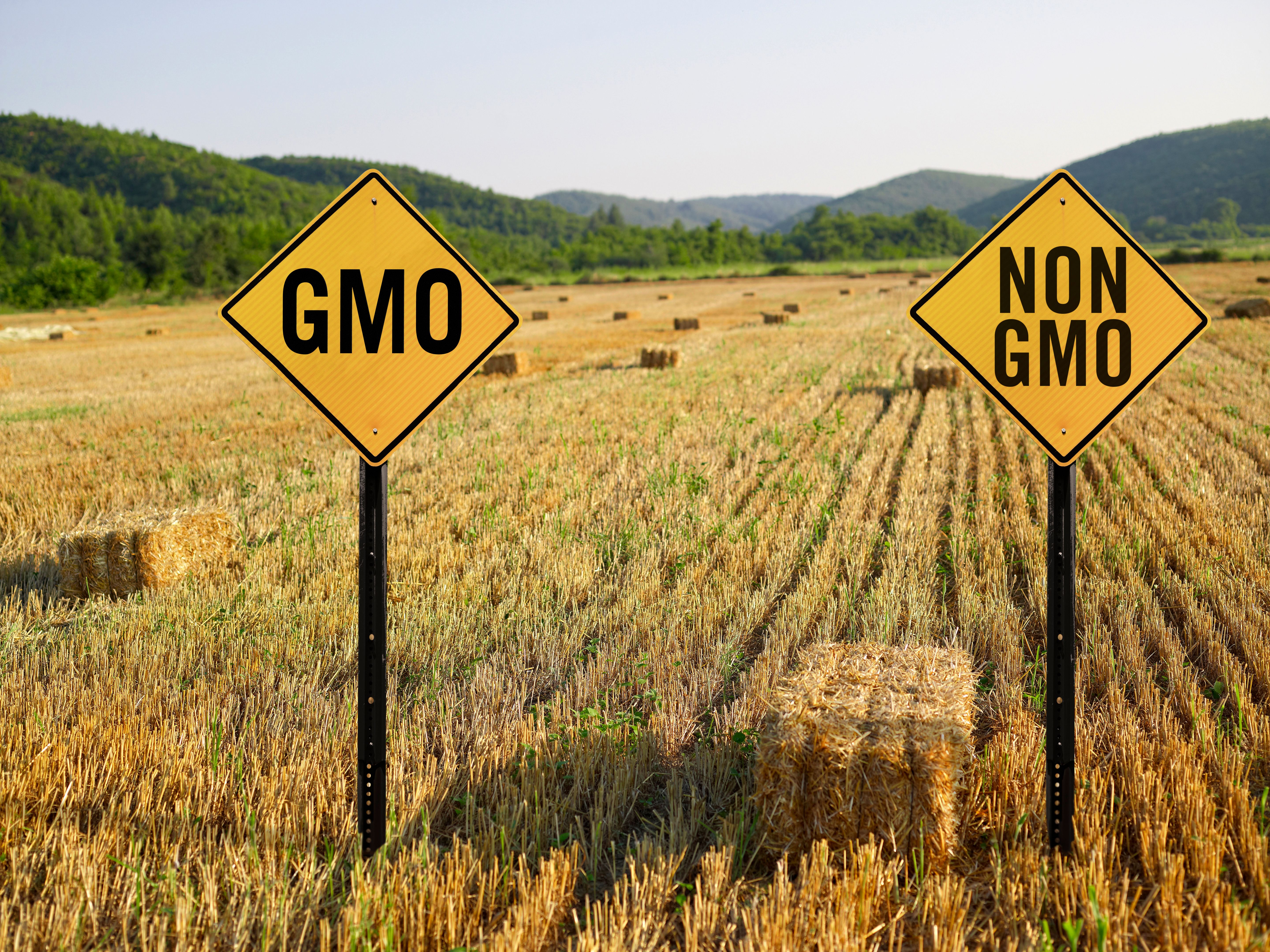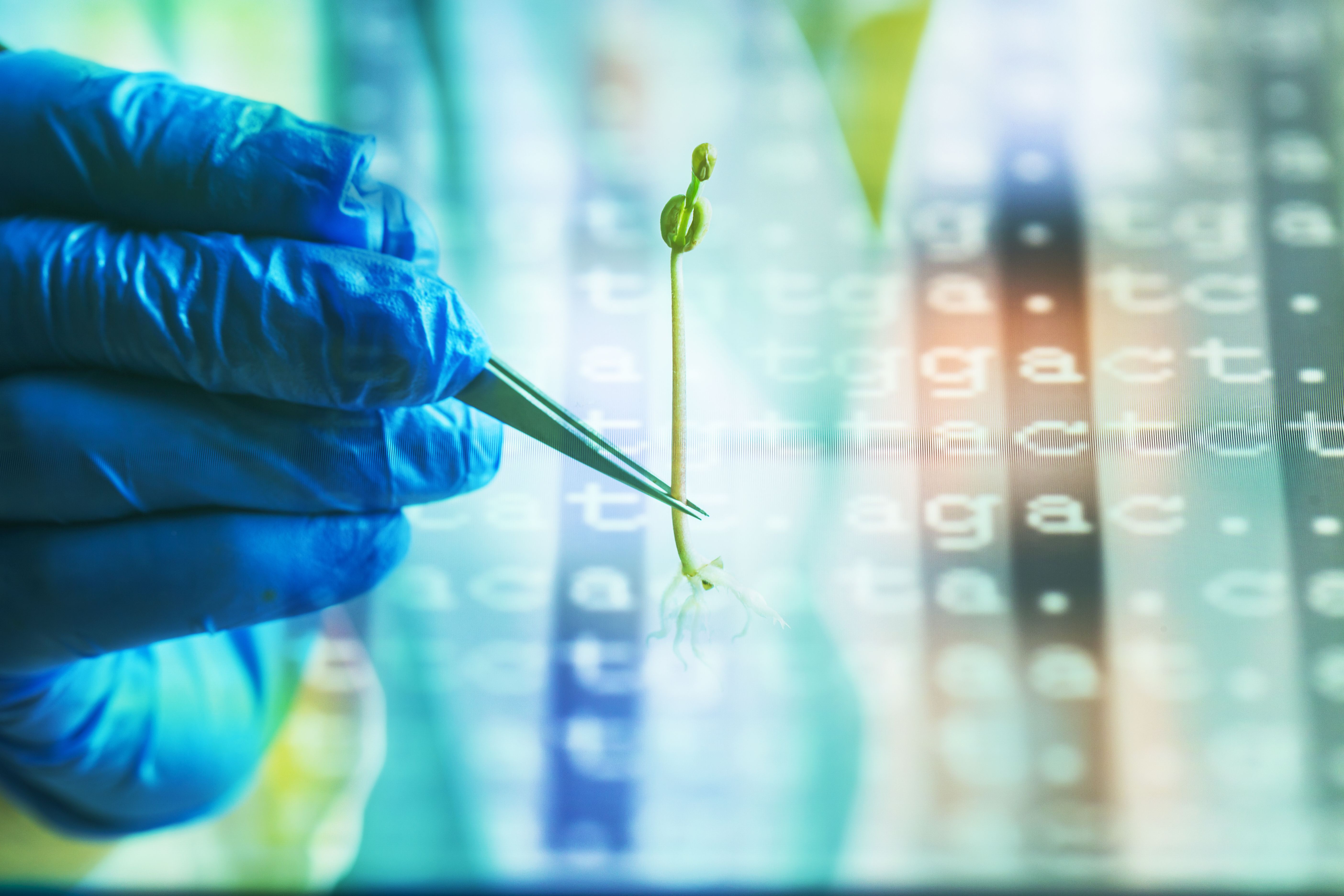Biotechnology in Agriculture: Navigating Opportunities and Challenges
Introduction to Biotechnology in Agriculture
Biotechnology in agriculture represents a revolutionary approach to enhancing crop production and sustainability. By harnessing the power of genetic engineering, scientists have developed crops that are more resilient to environmental stresses, pests, and diseases. This technological advancement has the potential to significantly improve food security and reduce agricultural dependency on chemical inputs.

Opportunities Offered by Biotechnology
One of the primary opportunities presented by agricultural biotechnology is the development of genetically modified organisms (GMOs) that can thrive in diverse environmental conditions. This includes crops that are drought-resistant, which is crucial as climate change intensifies and water scarcity becomes a more pressing issue worldwide.
Furthermore, biotechnology allows for the enhancement of nutritional content in crops. For instance, biofortified crops like Golden Rice, which is enriched with vitamin A, aim to combat malnutrition in regions where dietary deficiencies are prevalent. These innovations highlight the potential for biotechnology to contribute to public health improvements globally.

Challenges and Concerns
Despite the promising opportunities, the application of biotechnology in agriculture is not without its challenges. One major concern is the ethical implications and public perception of GMOs. Many consumers are wary of genetically modified food products, leading to debates about their safety and labeling requirements.
Additionally, there is a risk of genetic contamination, where modified genes could potentially spread to wild plant populations. This poses a threat to biodiversity and the balance of ecosystems. It is essential for regulations and monitoring systems to be in place to mitigate these risks.

Economic Impacts and Considerations
The economic impacts of biotechnology in agriculture are significant. On one hand, farmers can benefit from increased yields and reduced losses due to pests and diseases, leading to greater profitability. However, the cost of biotechnological innovations can be prohibitive for small-scale farmers, particularly in developing countries.
Moreover, the market dynamics created by biotechnology could lead to increased consolidation within the agricultural sector, with larger corporations dominating the market. This raises concerns about the accessibility and affordability of biotechnological solutions for all farmers.
The Role of Policy and Regulation
Effective policy and regulation are critical in navigating the opportunities and challenges of biotechnology in agriculture. Governments need to implement frameworks that ensure the safe use of biotechnological products while fostering innovation and research. This includes setting standards for GMO labeling, safety assessments, and international trade agreements.
International cooperation is also vital in addressing global food security issues. By working together, countries can share knowledge and resources to maximize the benefits of biotechnology while minimizing potential risks.

Conclusion: Balancing Innovation with Responsibility
Biotechnology in agriculture offers a wealth of opportunities for enhancing food production and sustainability. However, it also presents complex challenges that require careful consideration and management. Balancing innovation with ethical responsibility is essential to ensure that these technologies benefit society as a whole.
As we move forward, continued dialogue among scientists, policymakers, farmers, and consumers will be crucial in shaping the future of agricultural biotechnology. By embracing both opportunity and caution, we can harness the full potential of biotechnology to create a more sustainable and secure food system.
